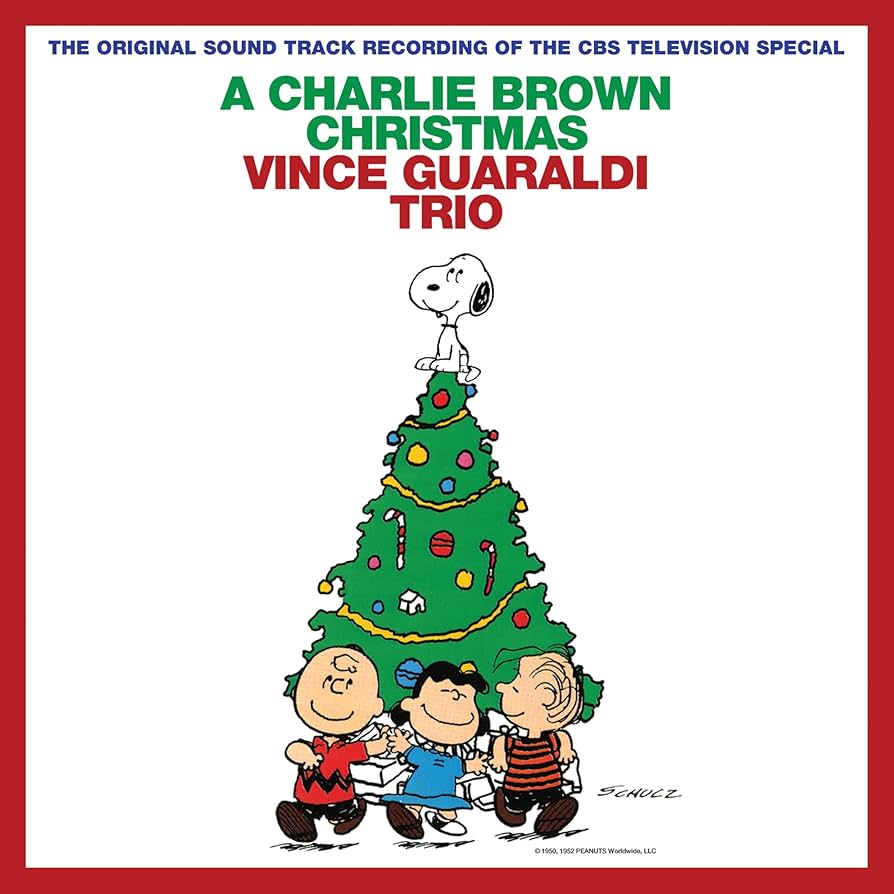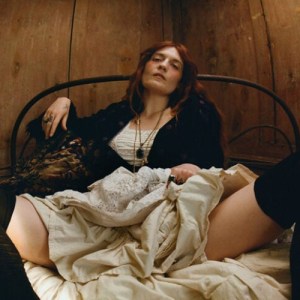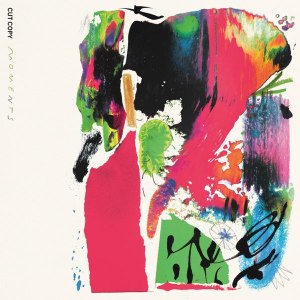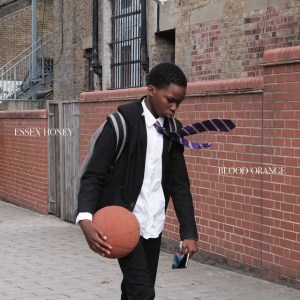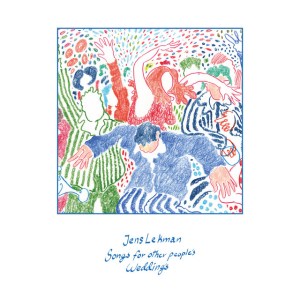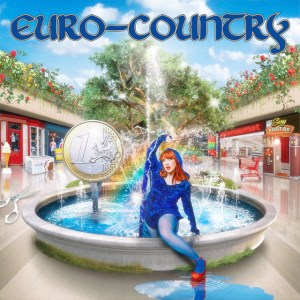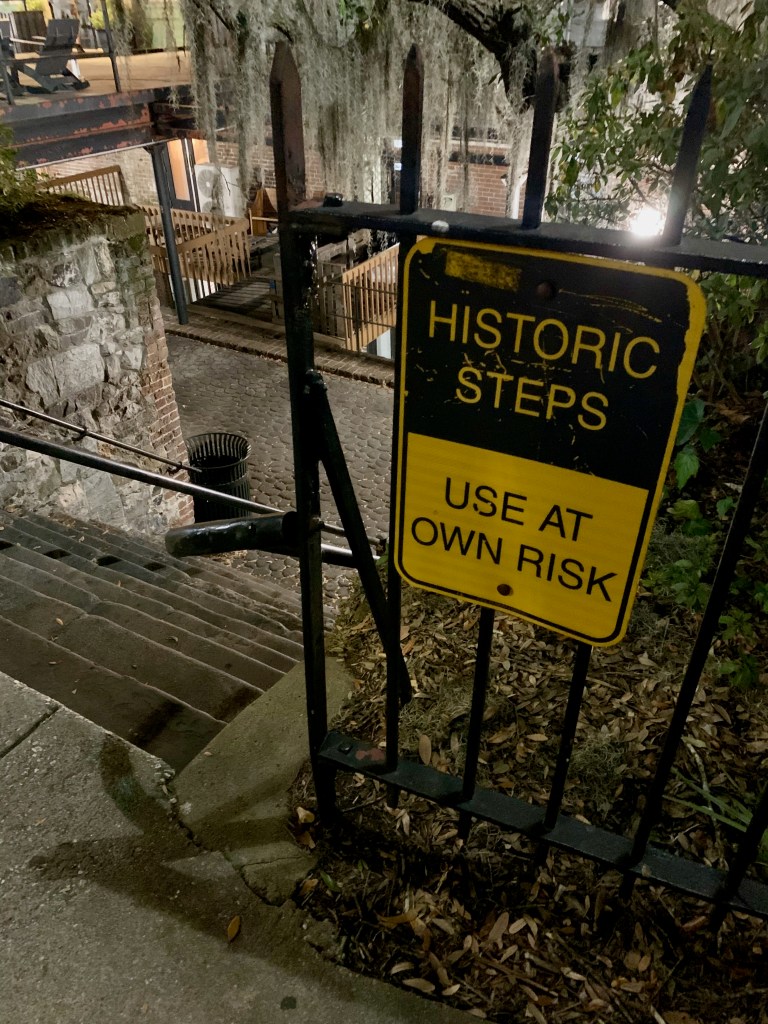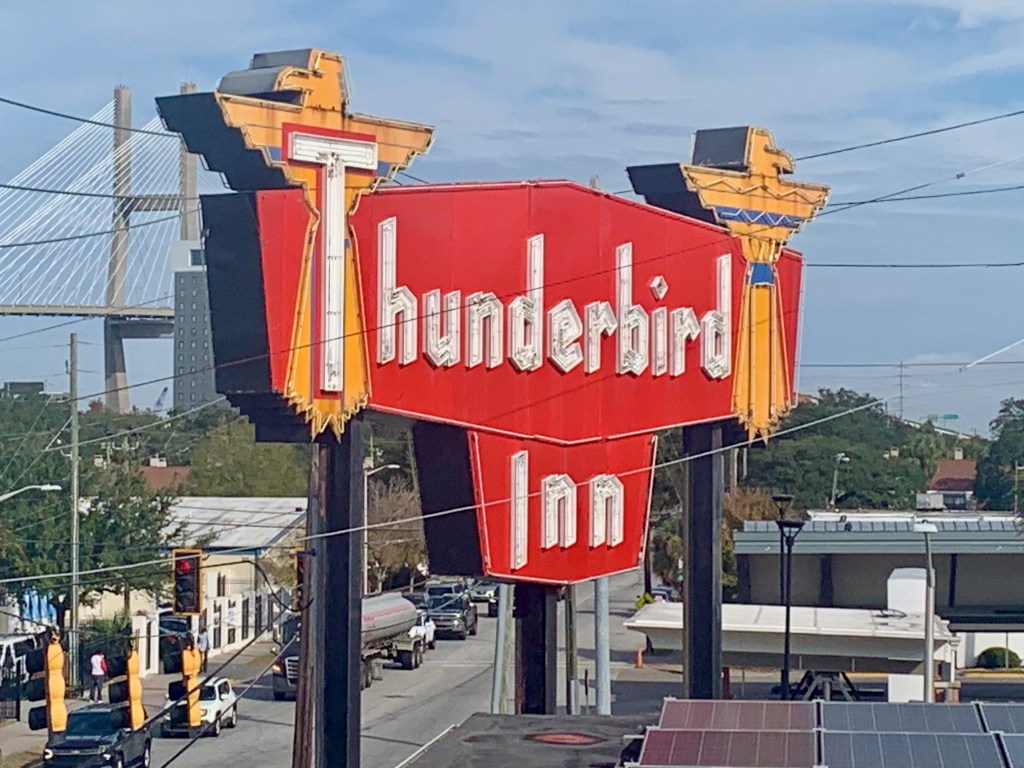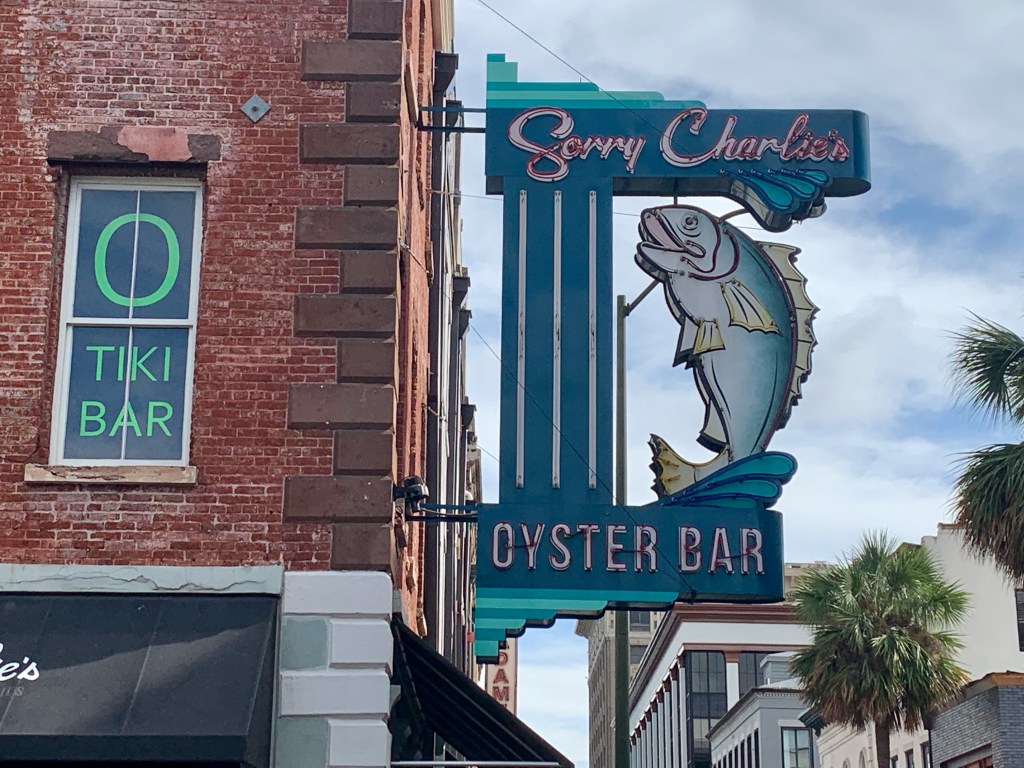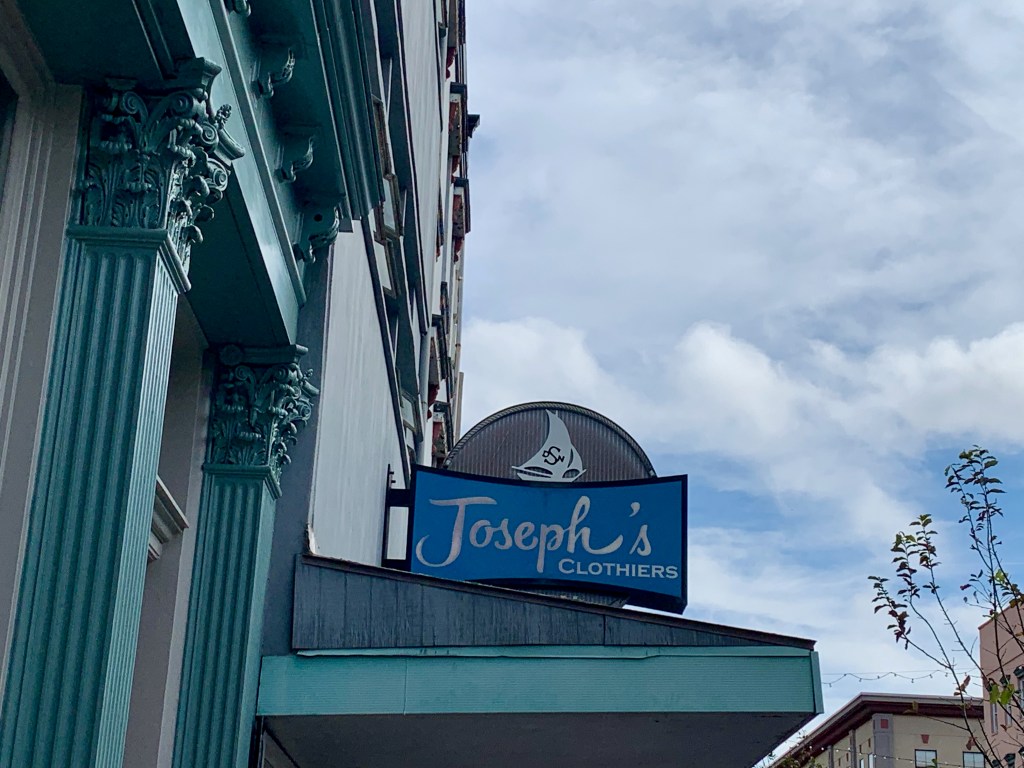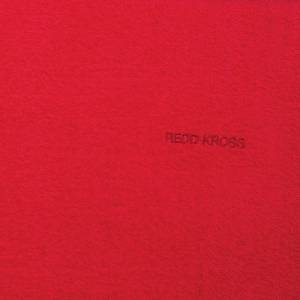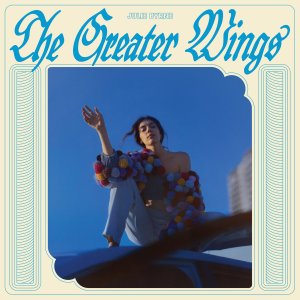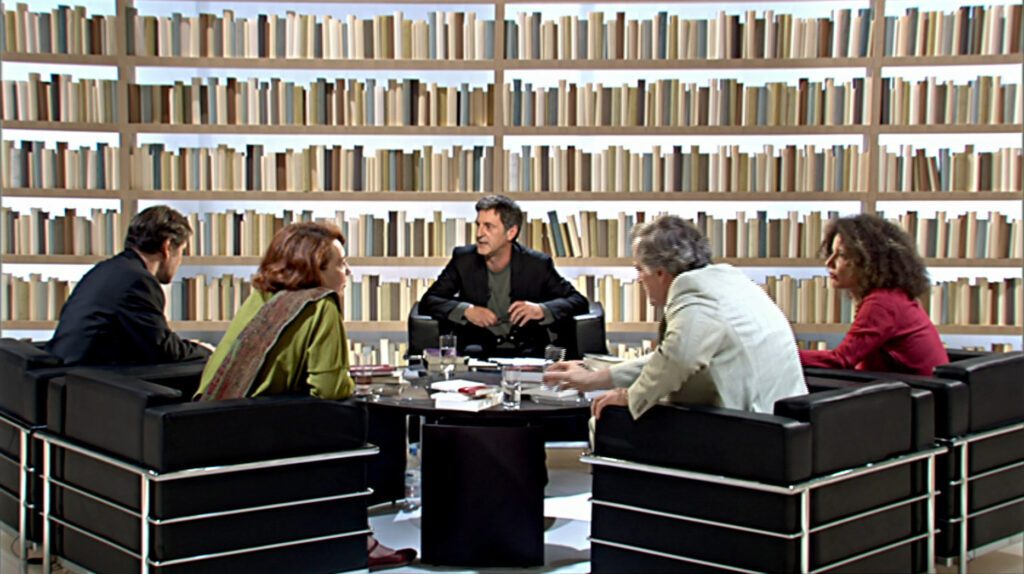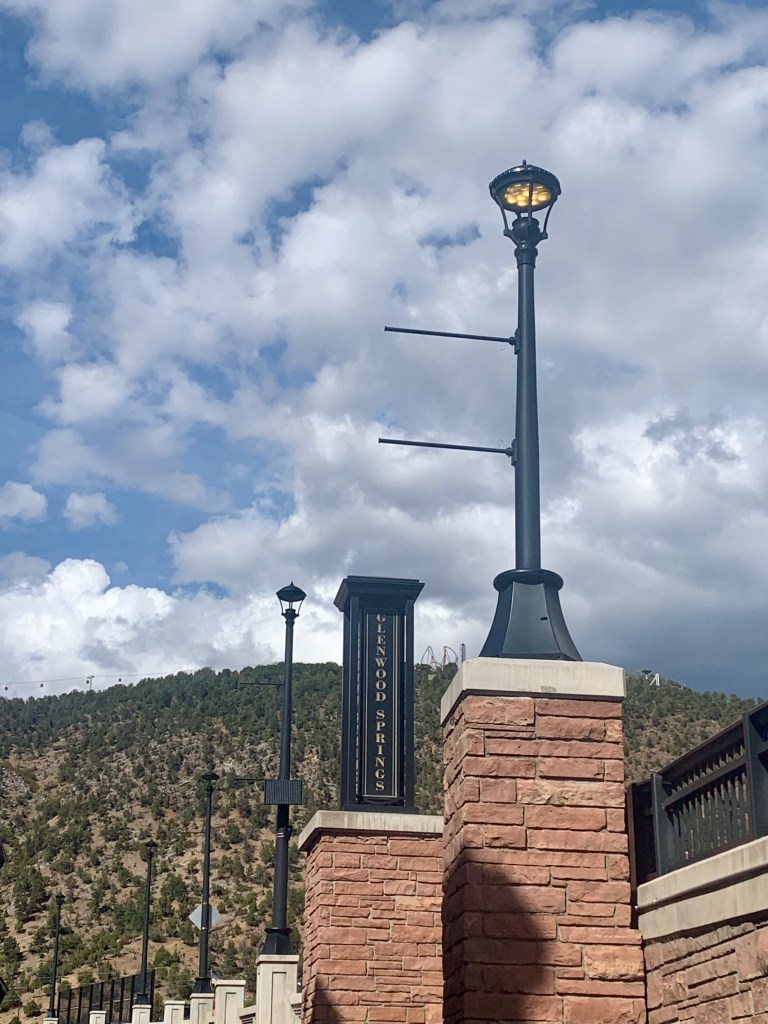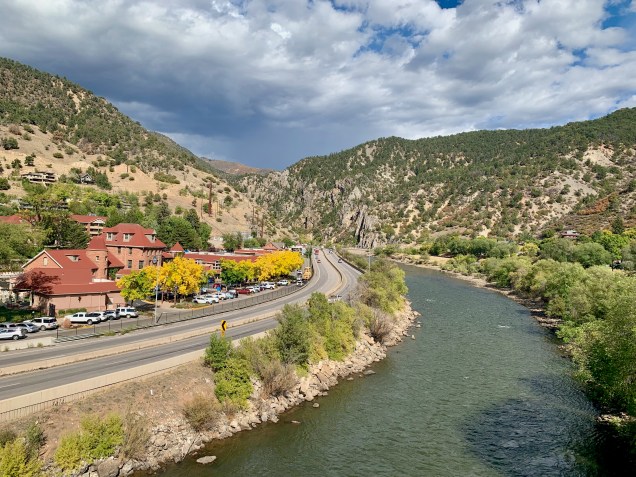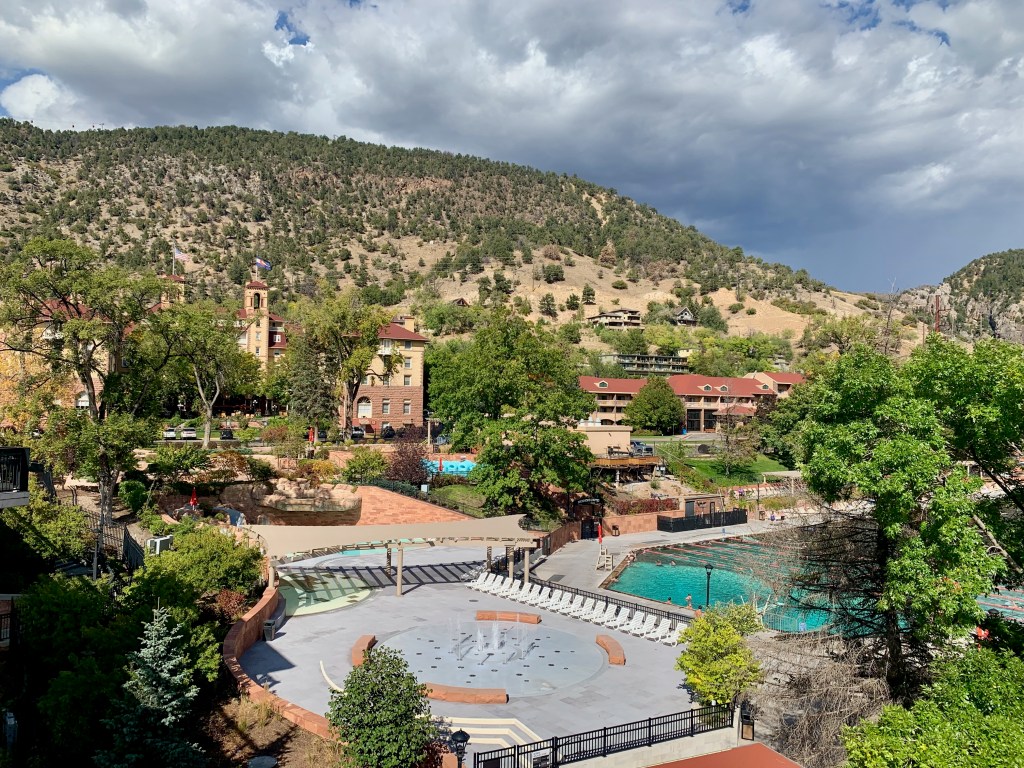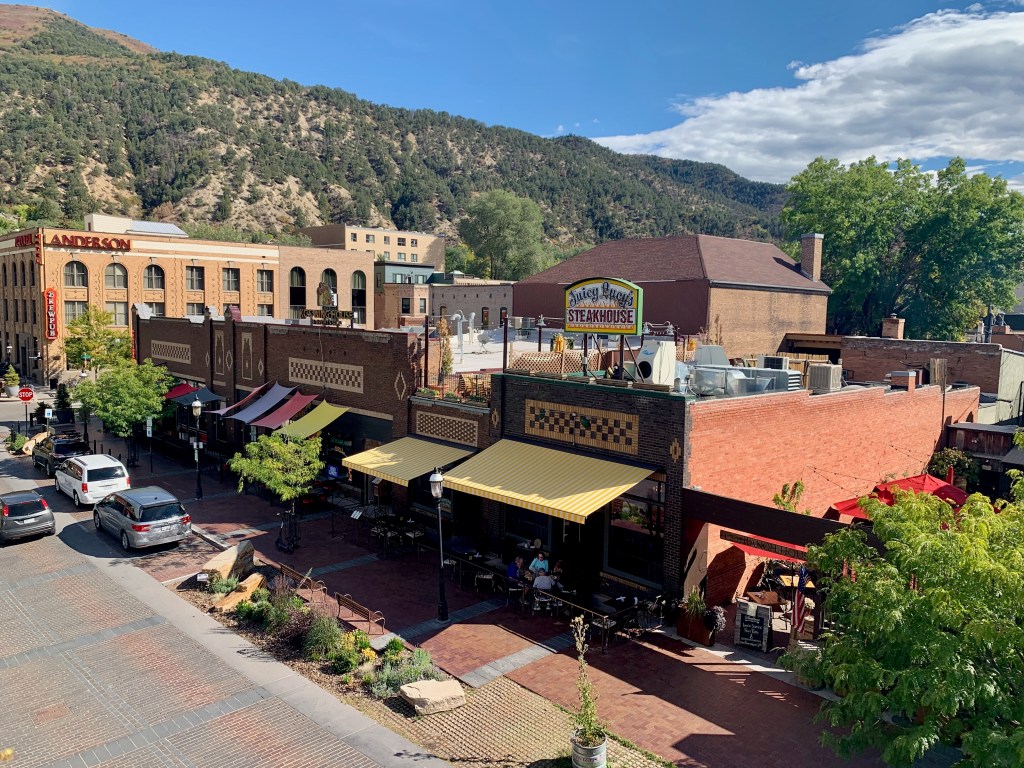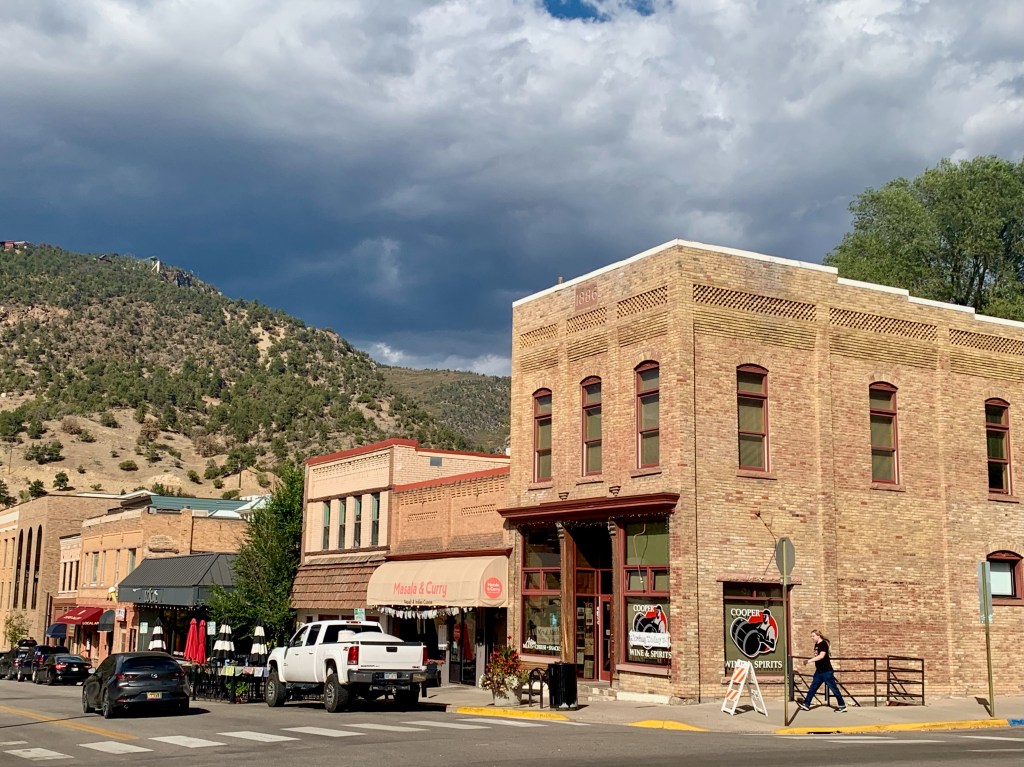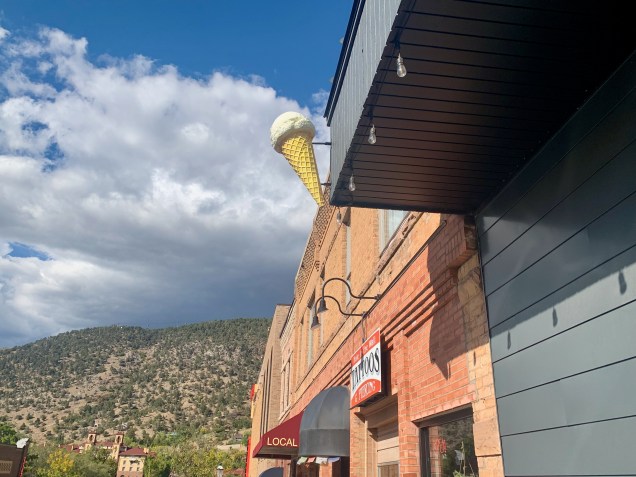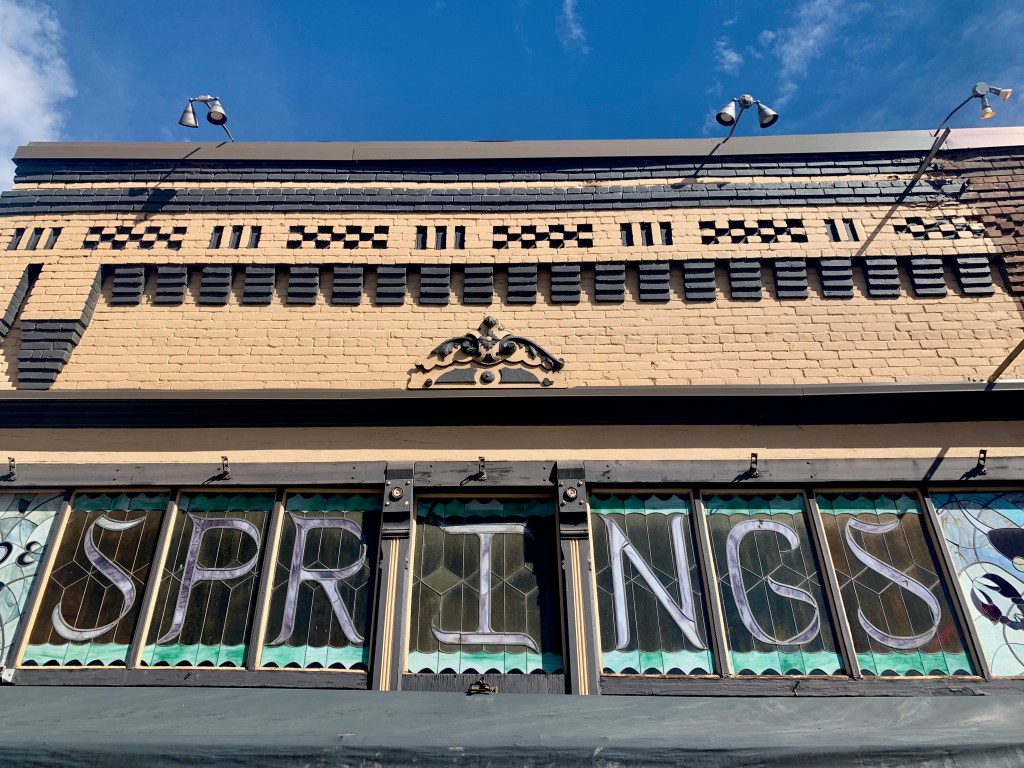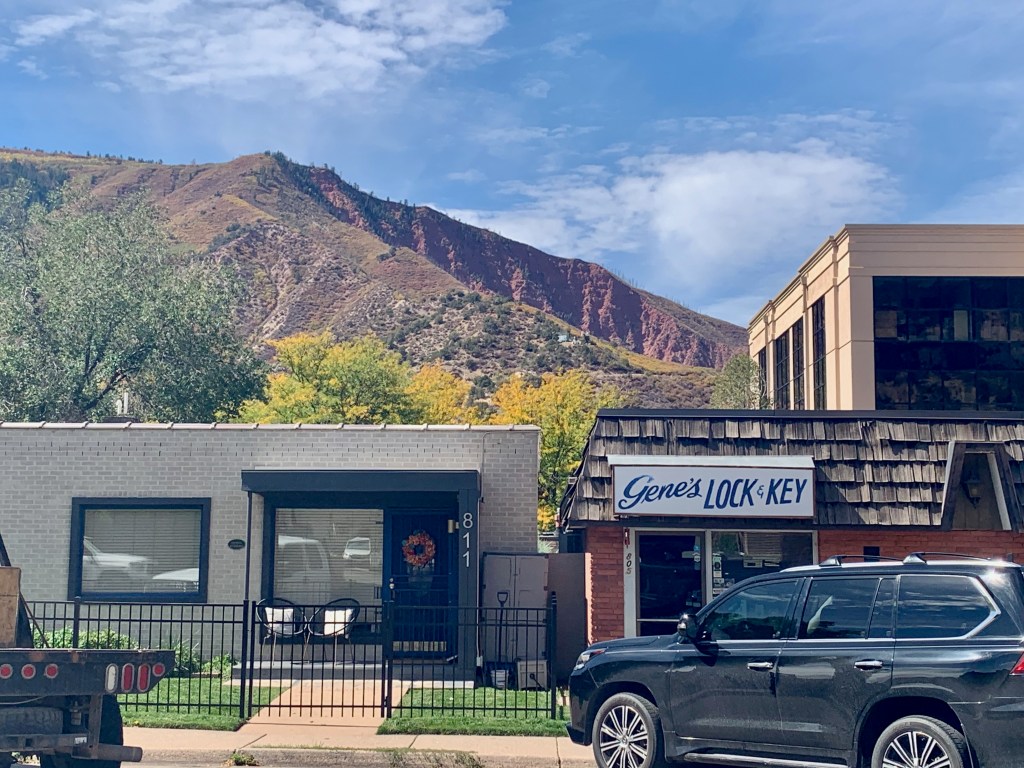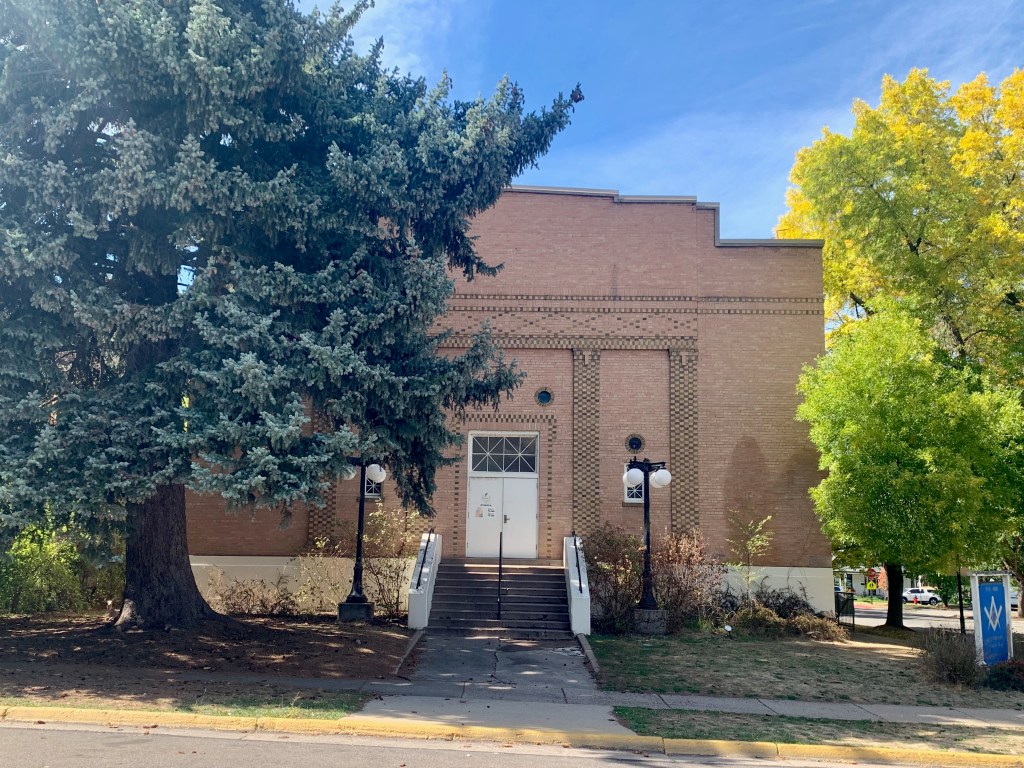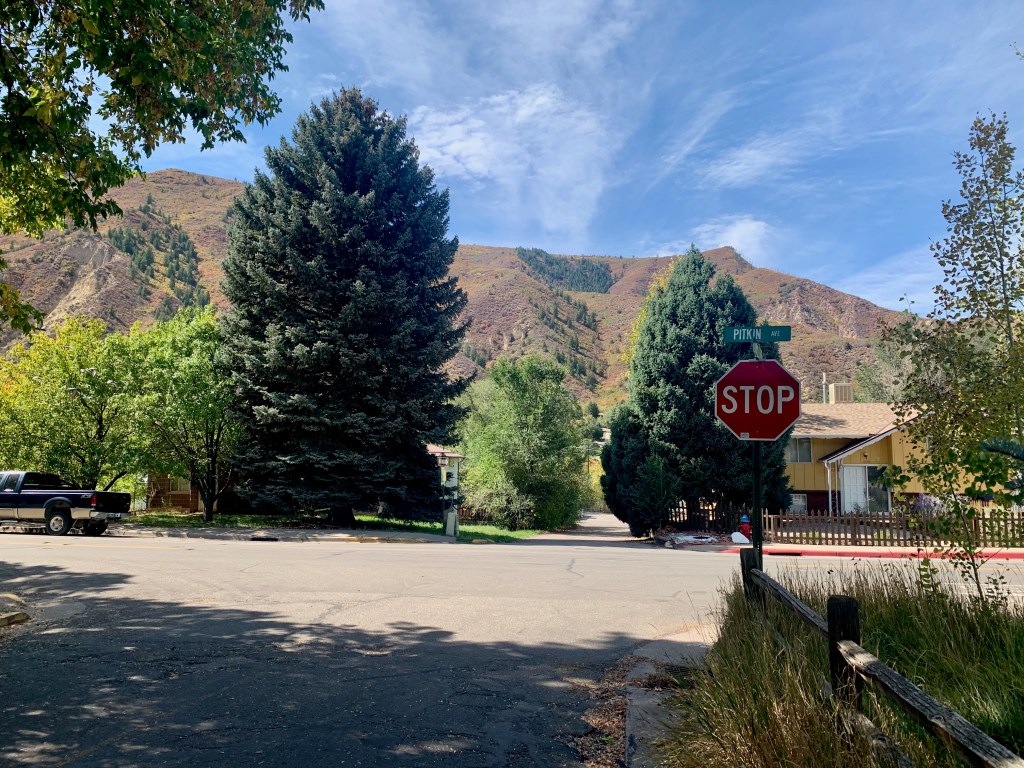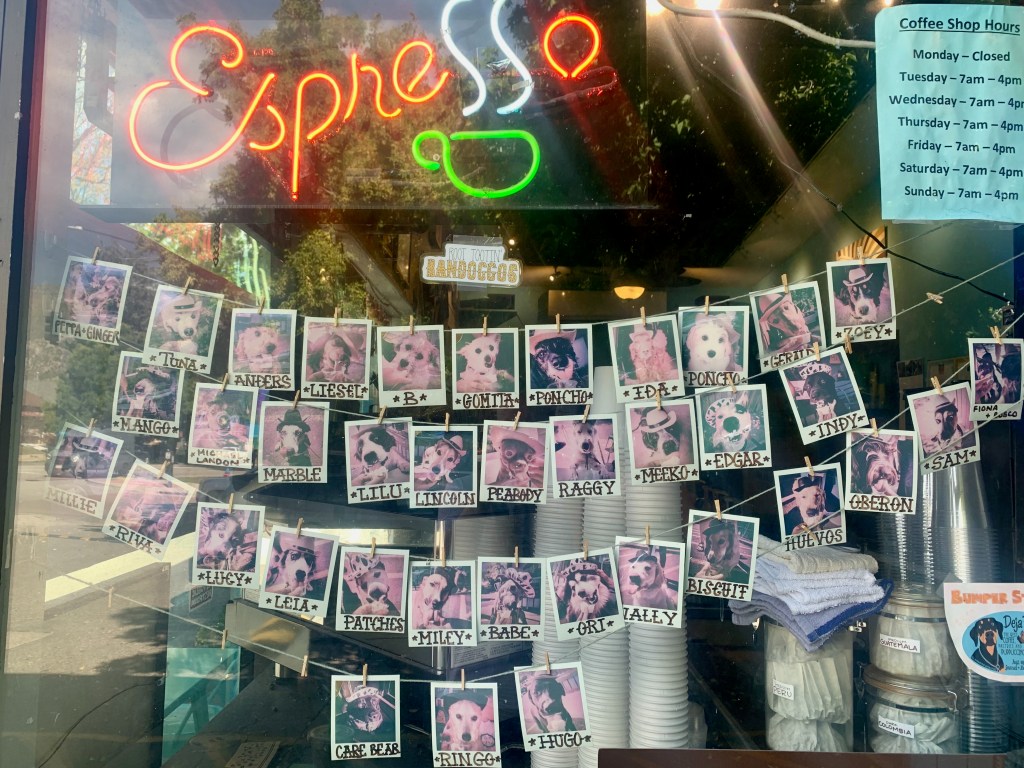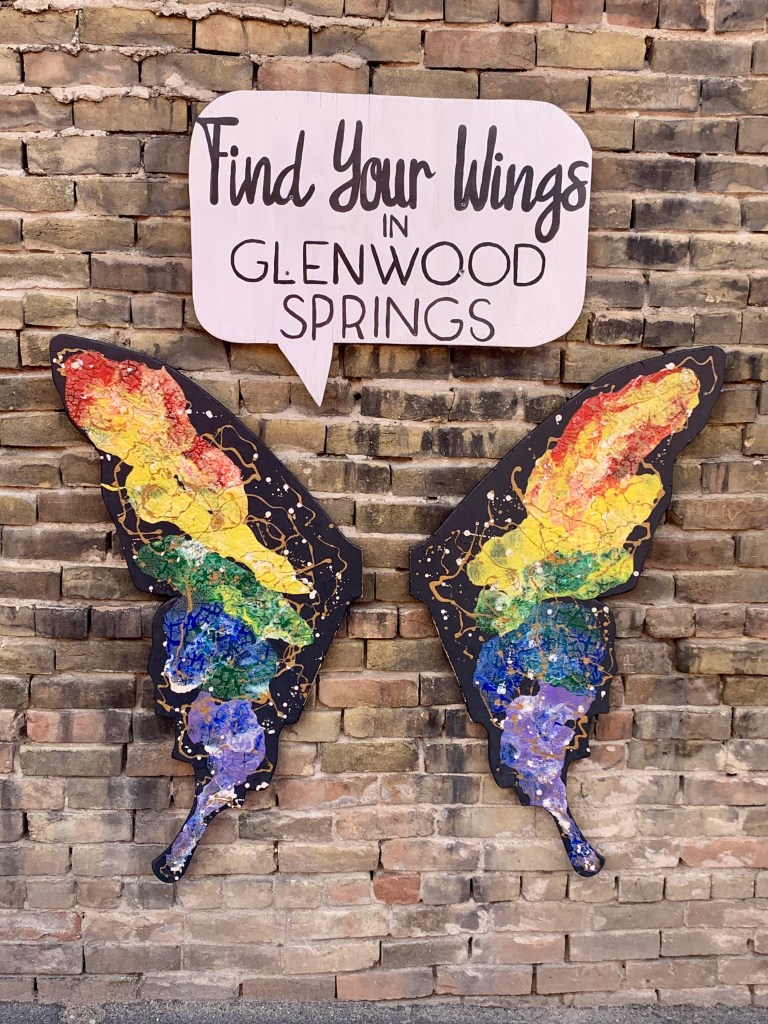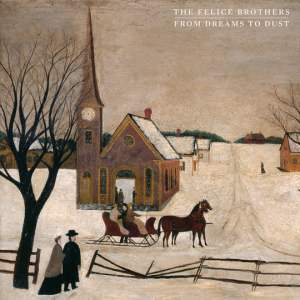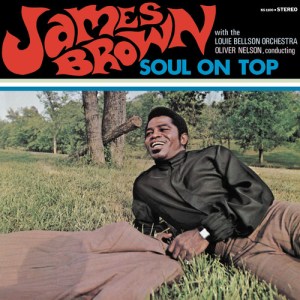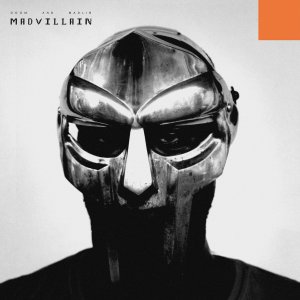Another year, another 50-odd books read. Here are ten new-ish favorites in alphabetical order by author.
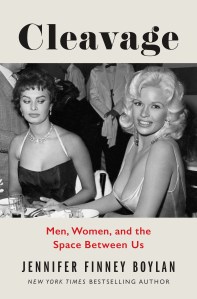
Jennifer Finney Boylan, Cleavage: Men, Women and the Space Between Us
One of the few readings I attended this year, Boylan promoted her latest memoir at the Brattle Theater back in February, exuding both passionate defiance against the administration’s anti-trans rhetoric and a cordial goofiness reinforcing the notion that she could’ve just as easily forged a career as a Sedaris-type humorist. Cleavage expertly straddles these poles: another worthy non-fiction addition to her considerable oeuvre.
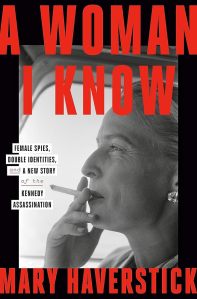
Mary Haverstick, A Woman I Know
An absorbing deep dive into its subject, Jerrie Cobb, whom documentary filmmaker Haverstick intends to profile as a mid-century female aviation pioneer—that is, until she gradually discovers a more interesting and increasingly disturbing untold backstory. In short, did Cobb have something to do with the JFK assassination? Haverstick’s investigation reads less like a conspiracy theory and more like the nimble assemblage of a 1,000 piece puzzle.
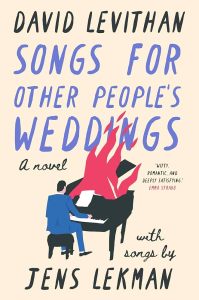
David Levithan with Jens Lekman, Songs For Other People’s Weddings
Novelist Levithan takes inspiration from indie Swedish musician Lekman’s side gig as a wedding singer, crafting a page-turner of a narrative steeped in the latter’s experiences of performing at such rituals while simultaneously dealing with his own fractured love life. Featuring Lekman’s song lyrics (some of which appear on his companion album of the same name), it’s an unconventional collaboration between two artists fully in tune with each other.
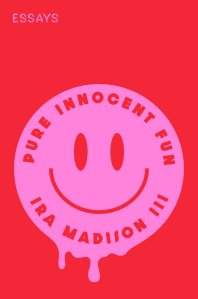
Ira Madison III, Pure Innocent Fun
Best known as the (now-former) host of long running pop culture podcast Keep It!, Madison’s affability, enthusiasm and critical eye all fully translate from the microphone to the page in his first book of essays. Like his idol Chuck Klosterman, he’s not afraid to explore idiosyncratic, nerdy subject matter but this collection also doubles as an account of growing up a gay black millennial kid in Milwaukee—a point of view that deeply informs and uplifts his prose.
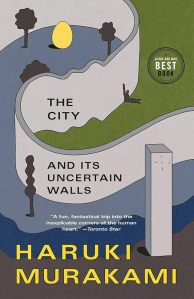
Haruki Murakami, The City and Its Uncertain Walls
One could argue that Murakami writes the same book over and over; his latest not-quite doorstop of a novel is even a sequel of sorts to his earlier Hard Boiled Wonderland and the End of the World. Still, I connected with this more firmly that anything he’s put out since 1Q84, especially once one gets past the establishing first third and into an extended, carefully constructed dreamscape of the kind only this author can pull off.
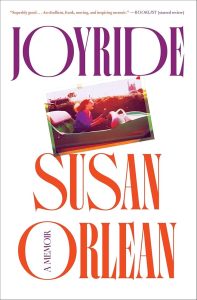
Susan Orlean, Joyride
For those who never expected master profiler/explorer Orlean to write chiefly about herself, well, neither did she. Happily, her memoir is as candid and searching as her best long-form work with a sharpened focus on how she writes and also why. Just as Charlie Kaufman somehow transformed her book The Orchid Thief into the meta-movie Adaptation, this equally engaging, original text could in the right hands (maybe even Orlean’s own?) make for a film like no other.

Carrie Rickey, A Complicated Passion: The Life and Work of Agnes Varda
I’ve read so many filmmaker biographies over the years; put this slim but bountiful volume high on the shelf next to Mark Harris’ book about Mike Nichols. Veteran film critic Rickey writes about her subject, “The Godmother of the French New Wave” with so much insight and verve that you may want to watch Varda’s entire filmography on The Criterion Channel when you’ve finished the book (as I have begun to.)
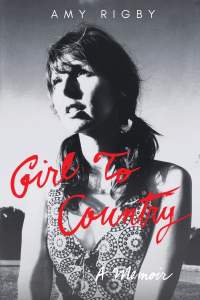
Amy Rigby, Girl To Country
Back when I ranked my top ten books each year, this cult singer-songwriter’s first memoir, Girl To City, came in at number one. Its sequel is a fine continuation of her story, picking up shortly after she releases her revered debut solo album, navigates divorce and becomes a Nashville transplant (with her teenage daughter), struggling to integrate herself into a scene and find work and purpose as a middle-aged artist and songwriter for hire.

Gary Shteyngart, Vera, or Faith
Shtyengart’s been releasing one great book after another since his essential 2013 memoir Little Failure. While his new novel is slender in length compared to the past two, its scope remains expansive. Set in an undetermined but not far-off amount of time in the future, it’s a dystopian miniature and a coming-of-age narrative laced with his trademark humor-verging-on-satire. However, the tenderness and grace with which he lends his young title character is the real draw.
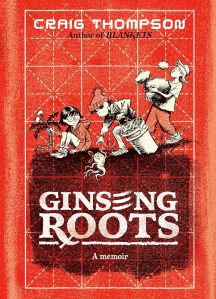
Craig Thompson, Ginseng Roots
A belated companion to his generation-defining 2003 graphic memoir Blankets, Thompson returns to his origin as a son of working class, fundamentalist Christian parents in rural Wisconsin. However, this parallel story focuses on their trade as ginseng farmers, surveying in-depth this personal connection and how it extends in concentric circles out towards an international industry. As usual, all of it is rendered in his elaborate visual style informed by cheap comic books, Japanese Manga and a myriad of both low and high art.
My 2025 Booklist (titles in order of when I finished reading them):
- Graeme Thomson, Under The Ivy: The Life and Music of Kate Bush
- Emily Nussbaum, Cue The Sun!: The Invention of Reality TV
- Elizabeth Strout, Tell Me Everything
- Shiguehiko Hasumi, Directed By Yasujiro Ozu
- Eve Babitz, Slow Days, Fast Company
- Jesse David Fox, Comedy Book
- Rob Harvilla, 60 Songs That Explain The 90s
- Millie De Chirico and Quatoyiah Murry, TCM Underground
- Stanley Tucci, What I Ate In One Year
- Robert A. Caro, Working
- Jennifer Finney Boylan, Cleavage: Men, Women and the Space Between Us
- Kelly Bishop, The Third Gilmore Girl
- John Le Carre, The Spy Who Came In From The Cold
- Tracey Thorn, Naked At The Albert Hall: The Inside Story of Singing*
- Ira Madison III, Pure Innocent Fun
- Haruki Murakami, Hard Boiled Wonderland and the End of the World
- John Irving, The Last Chairlift
- Bruce Vilanch, It Seemed Like A Bad Idea At The Time**
- Neko Case, The Harder I Fight, The More I Love You
- Ellen Willis, Out of the Vinyl Deeps*
- Steve Turner, Beatles ’66: The Revolutionary Year
- Curtis Sittenfeld, Show Don’t Tell: Stories
- John Ganz, When The Clock Broke
- James Baldwin, Go Tell It On The Mountain
- Charles Mingus, Beneath the Underdog
- Tom Spanbauer, In the City of Shy Hunters*
- Rob Sheffield, Heartbreak Is The National Anthem
- Glenn McDonald, You Have Not Yet Heard Your Favorite Song
- Ann Patchett, Taft
- Leah Kardos, Hounds of Love (33 1/3 series)
- Michael Palin, Halfway to Hollywood: Diaries 1980-1988
- Geoff Dyer, Homework
- Karl Ove Knausgaard, Summer
- Kurt Vonnegut, Hocus Pocus
- David Mitchell, Cloud Atlas*
- Carrie Rickey, A Complicated Passion: The Life and Work of Agnes Varda
- Mary Haverstick, A Woman I Know
- Elton John, Me
- Louise Erdrich, The Night Watchman
- Gary Shteyngart, Vera, or Faith
- Roger Bennett, (Re)Born In The USA
- Tim Robey, Box Office Poison
- Barry Sonnenfeld, Best Possible Place, Worst Possible Time
- Haruki Murakami, The City and Its Uncertain Walls
- Andrew Blauner (ed.), The Peanuts Papers*
- David Levithan with Jens Lekman, Songs For Other People’s Weddings
- Craig Thompson, Ginseng Roots
- Pete Crighton, Cosmic Thing (33 1/3 series)
- Paul Meyers, John Candy: A Life In Comedy
- Amy Rigby, Girl To Country: A Memoir
- Patricia Lockwood, Will There Ever Be Another You?
- Mitchell Zuckoff (ed.), Robert Altman: An Oral Biography*
- James McBride, The Heaven and Earth Grocery Store
- Stanley Elkin, The Rabbi of Lud
- Jeff Hiller, Actress of a Certain Age**
- Susan Orlean, Joyride: A Memoir
- Flannery O’Connor, Everything That Rises Must Converge
*Re-read. **Audiobook.
